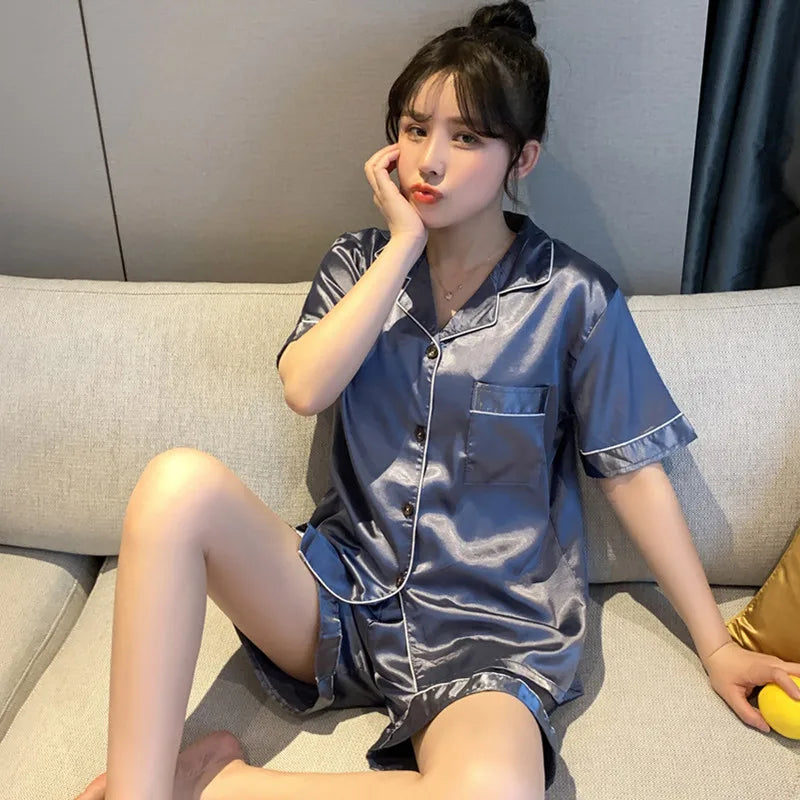Do You Put a Onesie Under Everything? Exploring the Versatility of Onesies
Table of Contents
- Introduction
- The Origins and Popularity of the Onesie
- Why Use a Onesie as a Base Layer?
- When to Put a Onesie Under Other Outfits
- Benefits of Onesies Beyond the Basics
- Choosing the Right Onesie
- Transitioning from Onesies to Other Clothing
- Conclusion
- FAQ
Introduction
Is there a garment that combines comfort, practicality, and versatility like a onesie? This deceptively simple piece of clothing has gained a reputation as a staple in many households, particularly those with infants and toddlers. In fact, did you know that the average baby can go through as many as 12 diapers a day, often leading to multiple outfit changes? It's no wonder that new parents are turning to onesies as their go-to solution for keeping their little ones comfortable and stylish.
In this blog post, we'll explore the role of onesies in children's wardrobes, delving into when and why to put a onesie under other outfits and the various benefits they provide. Whether you’re a new parent, a seasoned caregiver, or just curious about the practicality of onesies, we’ll cover everything you need to know.
By the end of this article, we aim to clarify the common question: "Do you put a onesie under everything?" We will also discuss how to choose the right onesie for different occasions, tips for dressing your child in layers, and how onesies can aid in diaper changes and skin protection.
So, let’s dive into the world of onesies and discover their undeniable advantages in modern parenting.
The Origins and Popularity of the Onesie
The history of the onesie is both fascinating and practical. Originally designed for infants as a simple way to keep them warm and secure, the onesie has evolved into a beloved wardrobe staple for babies and toddlers alike. The term "onesie" itself is often used to refer to any one-piece garment for infants, typically made of soft cotton or a blend of cozy fabrics.
Onesies were designed with functionality in mind. They feature snaps at the bottom for easy diaper changes and are often made from stretchy materials that allow for movement and comfort. Their design minimizes the chances of fabric bunching up or riding up, which can irritate a baby's sensitive skin.
In recent years, onesies have seen a resurgence in popularity, not just for their practicality but also for their style. Modern onesies come in a wide array of colors, patterns, and styles, making them suitable for any occasion—from diaper changes at home to outings with family and friends.
Why Use a Onesie as a Base Layer?
Comfort and Warmth
One of the primary reasons to consider putting a onesie under everything is the added comfort and warmth it provides. Babies cannot regulate their body temperature as effectively as adults, making it crucial to keep them warm without overheating. A onesie acts as a barrier, providing an extra layer of warmth that wraps around your child's torso, ensuring they stay cozy, especially during chilly nights.
Easy Diaper Access
Onesies are specifically designed with parents in mind. The convenient snaps at the bottom make diaper changes quick and easy. Instead of removing an entire outfit, you can simply unsnap the bottom of the onesie, allowing for seamless changes without the fuss. This feature is particularly handy during nighttime changes, where efficiency is key to maintaining sleep for both baby and caregiver.
Protection from Chafing and Skin Irritation
Many parents opt to use a onesie as an undergarment because it provides a protective layer between their child's skin and any potential irritants. For instance, if your baby is wearing a dress or pants made from scratchy materials, a soft cotton onesie can help prevent chafing and discomfort. This is especially beneficial for babies with sensitive skin, as it reduces the likelihood of rashes and irritation.
When to Put a Onesie Under Other Outfits
Seasonal Considerations
The decision to put a onesie under other outfits often depends on the season. In the colder months, layering a onesie under clothing is a common practice. It adds that essential layer of warmth, making it easy to adjust your child’s outfit based on the temperature. Conversely, during hot summer days, a onesie can be worn alone as a breathable option to keep your little one cool.
Special Occasions
If you're dressing your baby for a special occasion, putting a onesie under a more formal outfit can be a smart choice. Not only does it provide that extra layer of comfort, but it can also help keep the nicer clothes clean from any potential diaper mishaps. This added protection can save you from worrying about any unexpected mess while still allowing your child to look adorable.
Everyday Activities
For everyday wear, many parents choose to use onesies as a base layer regardless of the outfit. Whether it’s under overalls, dresses, or even pajamas, a onesie can add a level of comfort and security that is hard to beat. The snug fit helps keep everything in place, reducing the likelihood of clothing bunching up or shifting during playtime.
Benefits of Onesies Beyond the Basics
Versatility
One of the most significant advantages of onesies is their versatility. They can be worn alone, layered under other clothing, or even as pajamas. The adaptability of onesies makes them an essential part of a child’s wardrobe, allowing for easy transitions between different activities and settings.
Ease of Care
Onesies are typically made from machine-washable materials, making them easy to care for. Parents can throw them in the wash with other clothes, and they usually come out looking fresh and clean. This ease of care is especially valuable for busy parents who frequently deal with messes and laundry.
Cost-Effective
Investing in a good supply of onesies can be a cost-effective choice for parents. Given their durability and versatility, onesies are often worn frequently, making them a staple in any baby’s wardrobe. Additionally, purchasing multipacks can help save money while ensuring you have enough on hand for those inevitable laundry days.
Choosing the Right Onesie
When selecting the perfect onesie for your child, there are several factors to consider.
Fabric and Material
Always opt for high-quality materials, such as 100% cotton or organic cotton, which are soft against the skin and breathable. Avoid materials that may irritate your baby’s delicate skin or cause overheating.
Size and Fit
Ensure you select a onesie that fits well. It should be snug enough to stay in place but not so tight that it restricts movement. Babies grow quickly, so it’s often a good idea to buy sizes that allow for a little extra room.
Snap Placement
Look for onesies with multiple snaps at the bottom. This design not only provides easy access for diaper changes but also allows for flexibility as your baby grows. Some onesies even feature expandable shoulders, which can accommodate larger head sizes during those early months.
Transitioning from Onesies to Other Clothing
As children grow, the use of onesies may change. Many parents transition away from onesies as their child begins to potty train, typically around 18 months to 3 years. However, some children may still find comfort in wearing them as a base layer, especially during colder months or for bedtime.
Alternatives to Onesies
As your child moves beyond onesies, consider alternatives such as bodysuits or layering with t-shirts. These can provide similar benefits, such as comfort and ease of dressing, without the full coverage of a onesie.
Conclusion
In summary, the question of whether you should put a onesie under everything ultimately depends on your child's needs, the weather, and the occasion. Onesies provide a multitude of advantages, including warmth, convenience, and protection from irritation. They are a versatile and practical choice for any parent navigating the complexities of dressing little ones.
Embracing the idea of layering with onesies can make a world of difference in both comfort and practicality for your child. As we continue to adapt to the ever-changing needs of our little ones, onesies remain an essential part of our parenting toolkit.
Now that we’ve explored the ins and outs of onesies, we encourage you to think about your own experiences. Have you found specific times when a onesie saved the day? Share your thoughts and let’s engage in a conversation about this beloved garment!
FAQ
1. Do you really need to put a onesie under everything? While not strictly necessary, using a onesie as an undergarment can provide added warmth and comfort, especially in cooler weather. They are especially useful for keeping outfits clean during diaper changes.
2. Can onesies be worn alone? Absolutely! Onesies can be worn alone in warm weather or as pajamas. They are designed to be comfortable enough for all-day wear.
3. How do I choose the right size onesie for my baby? Select a onesie that fits snugly without being too tight. Consider your baby’s growth when making your choice, and opt for designs with adjustable features if available.
4. Are there different types of onesies? Yes, there are various types of onesies designed for different occasions, including long-sleeve, short-sleeve, and footed versions. Some are made specifically for sleep, while others are styled for everyday wear.
5. How many onesies should I have on hand? It’s advisable to have several on hand, especially during the early months when diaper changes are frequent. A good starting point is around 7-10, depending on your laundry schedule.
By thoughtfully integrating onesies into your child’s wardrobe, you can navigate parenting with confidence, knowing you’re providing comfort and practicality for your little one. Embrace this simple yet effective garment, and enjoy the ease it brings to your daily routine!



